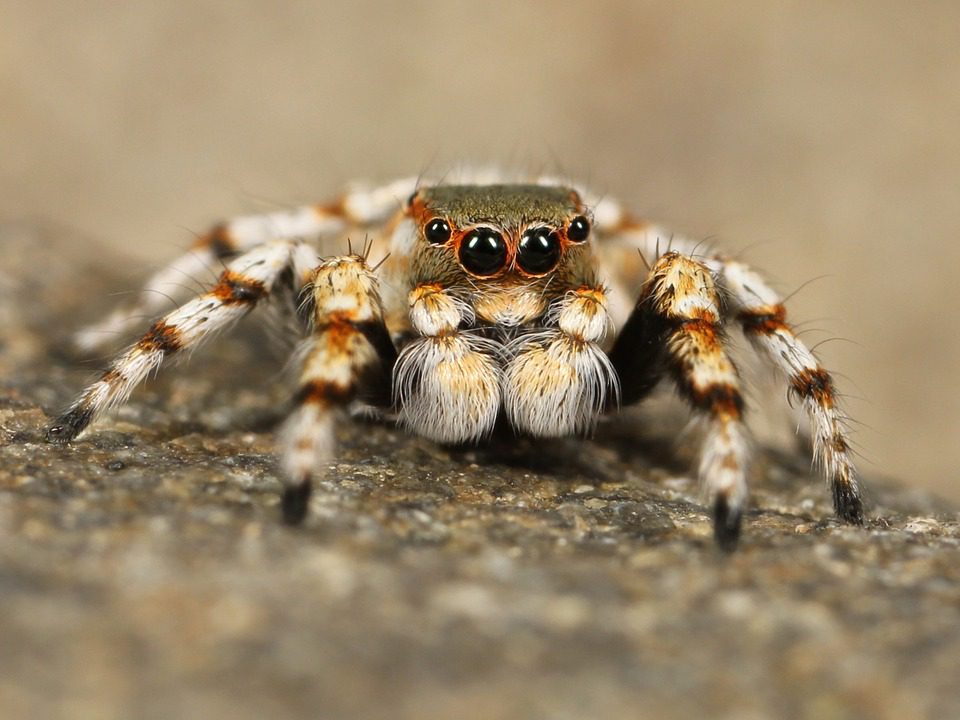Fossil organisms from the Cenozoic Era have been discovered in abundance in a geological deposit in Aix-en-Provence, France. There has been an abundance of mummified animals & plants unearthed in the region ever since the later 1700s.
In particular, the Aix-en-Provence deposit is noted for its preserved terrestrial arthropod fossils. Although fossilized exoskeleton-bearing arthropods are unusual, the number of these creatures in Aix en Provence is astounding.
Most organisms are not preserved as fossils. Fossilization is an arduous process. Having hard components like skeletons, horns, as well as teeth is one of the most straightforward methods for becoming a fossil. This means that our knowledge of terrestrial and soft-bodied life-like spiders is patchy; nonetheless, there have been times of great conservation when all the conditions were just right for preservation to take place, as is the case now.
As a test, experts placed them beneath the fluorescent microscopy. As a result, they were intrigued by the biochemistry of such fossils and their ability to light. Underneath the fluorescent scope, they seemed to be a different hue than the rock directly, but a simple visual inspection revealed that they were pretty much unrecognizable from the stone itself.
Fossils include a black polymer formed of carbon plus sulfur that, when seen underneath a lens, resembles the tar that accumulates on the road. Dozens of microalgae covered the fossils and their surroundings, as well, according to the experts who examined the site.
As a result of this unusual conservation, microalgae & spider chemistry operate cooperatively. Sulfurization is a standard industrial procedure used to preserve rubber, and this behavior is similar.
Our understanding of global warming may be aided by this technique, which might help us learn more about insect development as well as other earthly life after the extinction of dinosaurs since these creatures help us remember what occurred when the climate began altering.
The study was published in Communications Earth & Environment.












Leave a Reply